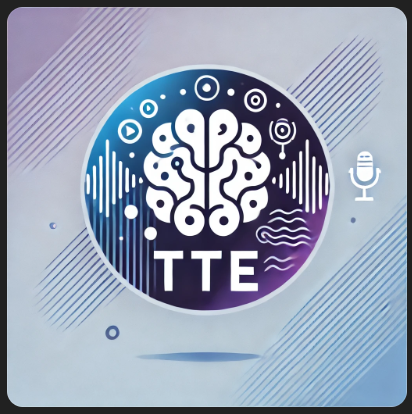Hello! Welcome to Today's Thought Experiments
Buckle up for a podcast that’s half futurist, half common-sense fixer. We’re ripping into sustainability, tech, architecture, and energy. Think prefab housing empires, underground nuclear pods, and AI that doesn’t suck. I’m your TTE Host, rolling with silicon heavyweight muscle like Grok 3 (xAI’s sharpest), ChatGPT (the OG chatter), and Gemini (the Stella wildcard) to hurl wild ideas at the world’s messiest, most fixable problems. No suits, no scripts, just raw thought experiments and “what ifs” that might actually stick. Let's get ready to rethink tomorrow, today.
Introduction
The rise of large language models (LLMs) such as ChatGPT, Grok, and Gemini has accelerated public access to structured knowledge. These models offer fast, coherent responses to prompts involving ethics, logic, and reasoning, but their outputs are not always consistent or explainable. Variations arise due to differences in architecture, training data, and alignment techniques.
In areas like education, policy, and social discourse, the lack of transparency and comparability between AI-generated responses raises concerns about trust, bias, and misuse. Despite these risks, there is no widely adopted system for aggregating, benchmarking, and evaluating these outputs side by side.
This dissertation proposes a system for AI-assisted knowledge aggregation and comparative analysis, specifically within the context of modern thought experiments. It blends natural language processing (NLP), benchmarking tools (e.g., MMLU-Pro, HELM), and explainability frameworks (SHAP, LIME) to evaluate the quality, reliability, and ethical reasoning of AI-generated content.
Aim
To develop an AI-driven knowledge aggregation and comparative analysis framework that synthesises model responses into structured insights for public and academic use. This involves systematically presenting identical prompts to multiple models in a controlled, repeatable format. This technique is referred to in this study as synconatic questioning.
Objectives
The project compares how different AI models respond to the same ethical and philosophical scenarios. Using a method of synconatic questioning, where each model is given exactly the same input under uniform conditions, the study aims to reveal variations in logic, tone, ethical bias and explainability. Outputs are processed using NLP techniques and evaluated with SHAP and LIME to uncover internal reasoning patterns. Results are benchmarked for coherence, ethical alignment and reliability.
Structure
| Section | Description |
|---|---|
| Literature Review | Key research on AI bias, benchmarking, and explainability. |
| Research Methodology | Tools and approaches used for comparative analysis. |
| Implementation | How the aggregation system was built and deployed. |
| Tools & Technology | Technical platforms and methods used. |
| Results & Discussion | Insights from model comparisons. |
| Conclusion & Future Work | Key takeaways and next steps for the framework. |
| PodCasts | Video medium for AI debates. |
Literature Review
This section reviews critical research on AI bias, benchmarking, and explainability. These themes form the foundation for evaluating language models in a comparative, structured framework.
Research Methodology
This section outlines the structured approach used to gather, process and evaluate AI-generated responses. The methodology combines natural language processing, benchmarking frameworks and explainability tools to analyse differences between models. A central feature is the use of synconatic questioning, where identical prompts are issued to each AI model under the same conditions. This allows for consistent, controlled comparisons across systems.
The following areas detail the key techniques and processes used:
Implementation
This section details how the AI response aggregation system was designed, built and deployed. It covers the technical aspects of querying models, storing responses, applying filters and structuring the outputs for comparison. The focus is on practical implementation steps, infrastructure and automation. Each component below is explored in detail.
Tools and Technology
Results & Discussion
This section presents the outcomes of the AI model comparisons based on predefined prompts and ethical scenarios. Key differences in reasoning, structure and ethical consistency are highlighted, along with insights into explainability and performance benchmarks.
Conclusion & Future Work
This section summarises the project's key findings and reflections. It also outlines next steps for improving the aggregation framework, enhancing explainability, and expanding public engagement through educational resources and platform extensions.
Podcasts
Explore the podcast topics based on ethical and analytical dilemmas, and watch the model responses discussed in each episode.
